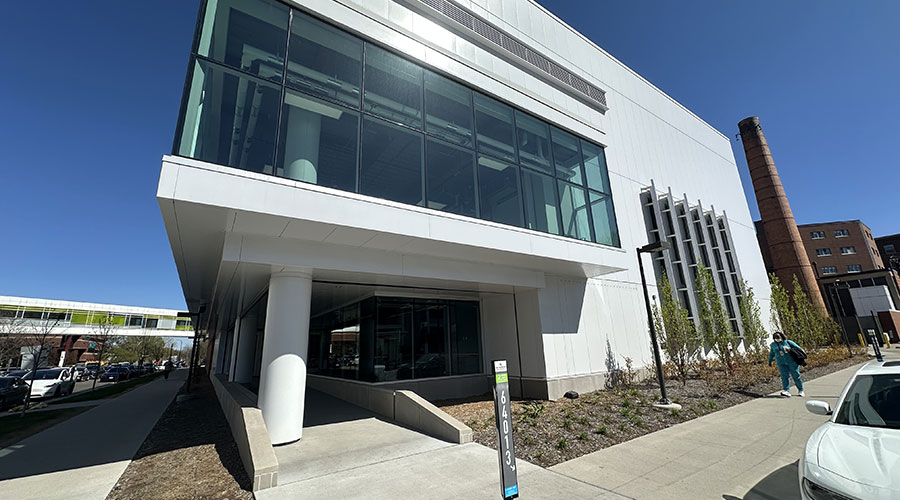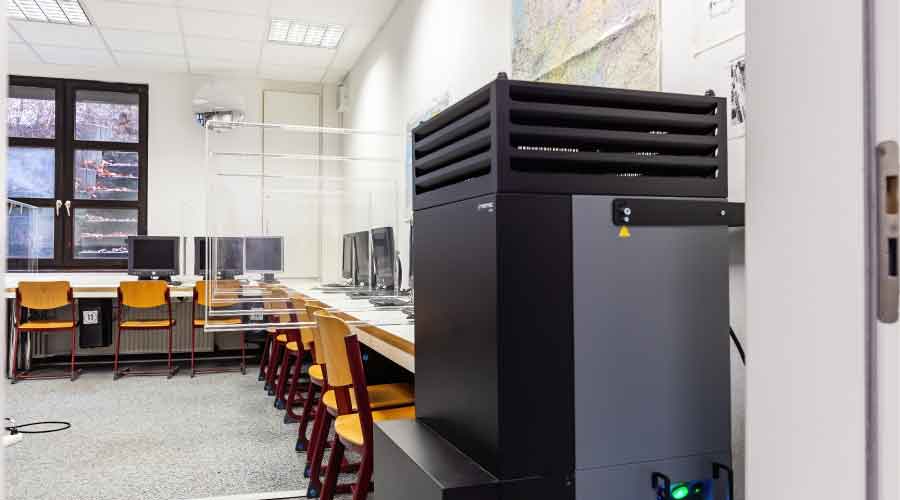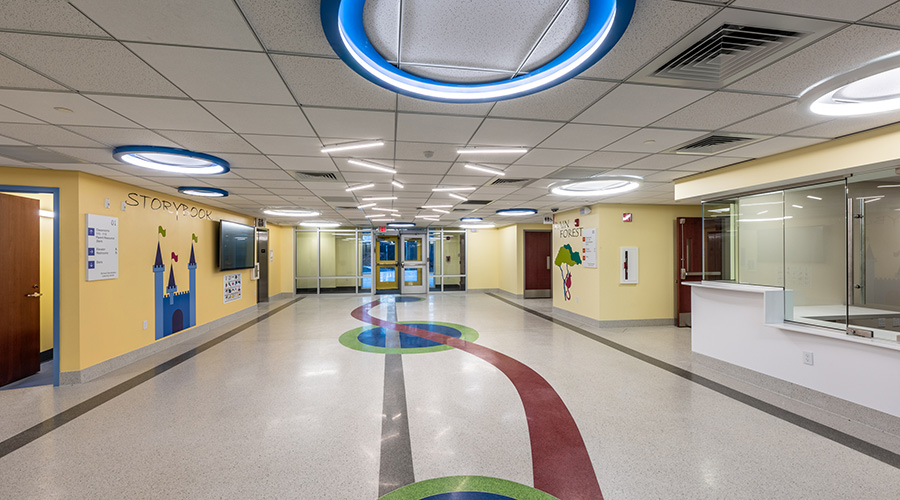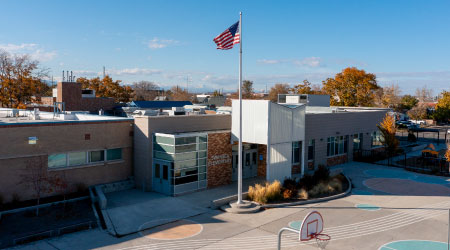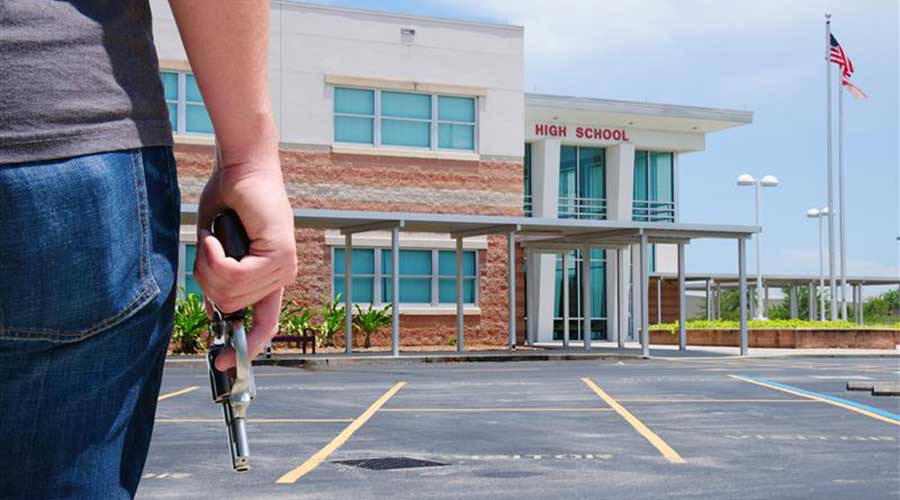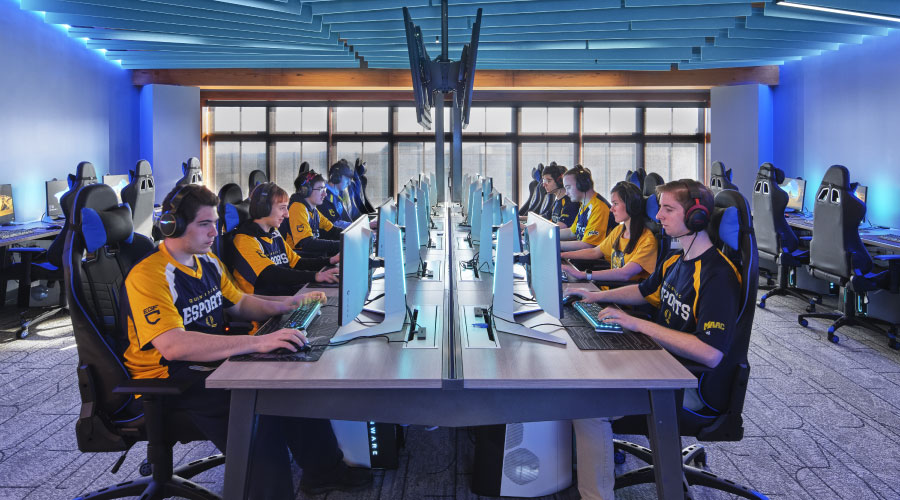Pandemic Produces Unprecedented Infection Control Practices
HVAC and cleaning practices changed forever in schools during response to combat COVID-19.
By Maura Keller, contributing writer
During the COVID-19 pandemic that has gripped the nation for more than two years, safety and infection control was a major issue for facilities, as scientists and medical experts had differing opinions about how long the virus can live on surfaces. As such, facility management strategies have evolved to include infection control to keep building environments a safe place for all.
The outbreak of COVID-19 is forcing fundamental adaptations to the way facilities clean, sanitize and disinfect their public and private settings to keep building occupants safe. Many managers have found that embracing the correct disinfecting protocol in a commercial and institutional environment can go a long way in helping prevent the spread of foodborne illness and respiratory diseases like COVID-19. In addition, facility managers are revisiting and upgrading their HVAC systems and filter protocols in a big way.
Take the California State University system for example. Ryan Todd, director of energy and sustainability at California State University in Sacramento, California, says that although the recent pandemic has resulted in facility managers updating air quality components within HVAC equipment, altering cleaning protocols, and modifying the utilization of facilities, one of the largest changes in buildings within the California State University system has been upgrading all filtration to MERV 13.
“All filters throughout the university system were upgraded to MERV 13 and a quarterly replacement schedule was established,” Todd says.
Replacing thousands of filters was no easy feat. The biggest challenge surrounded the labor involved in doing the replacements and the increased cost to purchase MERV 13 filters. Minimum efficiency reporting values, or MERVs, report a filter’s ability to capture larger particles between 0.3 and 10 microns (µm). The higher the rating, the more particles the filter will trap.
“All of the university’s buildings were also cleaned and sanitized regularly, which also increased labor costs and workloads,” Todd says. “There was also an increase in the amount of outside air used in buildings,” Todd says.
Keith Watkins, director of facilities, City School District of New Rochelle in New Rochelle, New York, has focused on understanding the pandemic and offering training to the school district’s staff above and beyond what they were already doing.
“We were already using electrostatic cleaning applicators about one-and-a-half years prior to the pandemic,” Watkins says. “The goal was to implement an effective air and surface program and communicate what we were doing so students, staff and community felt safe in the school learning environment.”
Electrostatic sprayers have become a go-to cleaning mechanism for facilities of all sizes. Simply put, it involves spraying surfaces with disinfectant that has electrically charged particles. Electrostatic cleaning machines can cover the entire surface more thoroughly and more efficiently than a traditional spray gun.
In addition to using electrostatic sprayers, the New Rochelle school district already had Environmental Protection Agency (EPA) List N approved disinfectants in place. As the EPA explains, all List N products are expected to kill the COVID-19 virus when used according to the label directions.
“We had such great results after our 90-day demo, so now we're getting ready to implement hypochlorous on-site generation district wide. There are many different options with this technology and all are good,” Watkins says. “I wanted ours to be salt free when dispensed to limit any residue on surfaces.”
Additionally, and funded mostly by ESSER funds, the New Rochelle school district implemented a dielectric barrier discharge bipolar ionization air purification that has become the backbone of the school district’s air portion in their system approach.
“We did a one-month demo in one of our elementary schools and the results were very impressive,” Watkins says. “The testing and data collected was done by an independent third-party consultant. We also have sensors mounted throughout many buildings giving all occupants a live snapshot of the buildings’ IAQ. There's no better way to be transparent. We also implemented a MERV 15 bio-filter that doesn't increase static pressure on HVAC equipment and has been a huge addition.”
Maura Keller is a freelance writer in Plymouth, Minnesota.
Related Topics:






